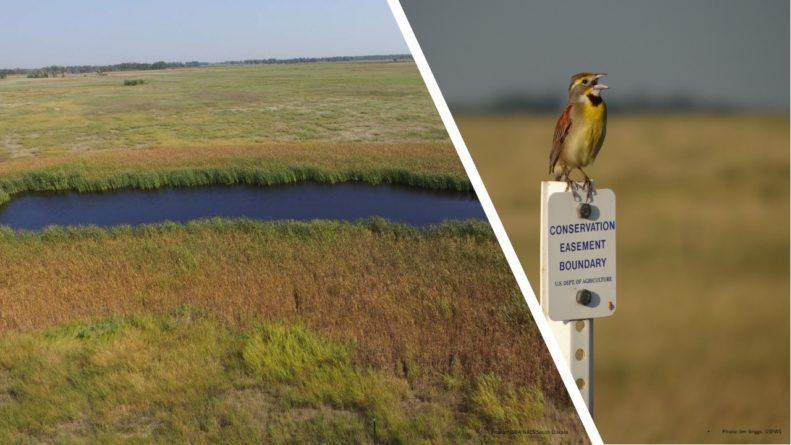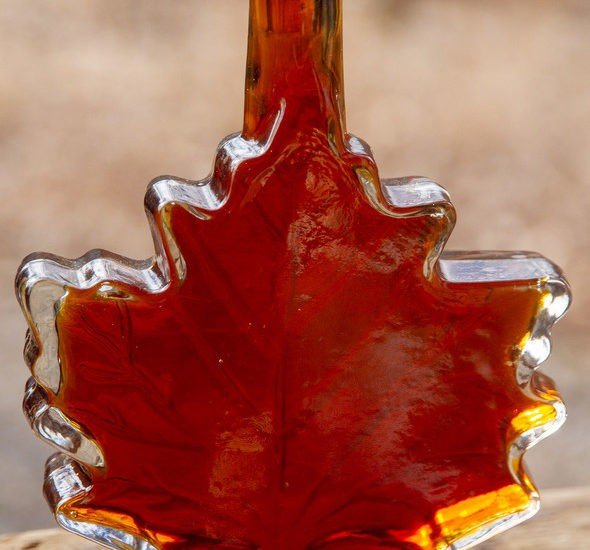
Huron, S.D., May 23, 2019–This year, the United States Department of Agriculture’s Natural Resources Conservation Service (NRCS) celebrates 25 years of conservation easements in South Dakota. “We are recognizing the anniversary of stewardship through conservation easements,” says Jeff Zimprich, State Conservationist, Huron, SD, “South Dakota landowners have applied conservation easements over the past 25 years and by doing so are helping ensure the long-term sustainability of South Dakota’s agriculture.”
The anniversary shows the critical role conservation easements contribute to South Dakota’s agricultural landscape. Marginal, less-productive farmland that has been established into conservation easements are providing a long-term landscape scale benefits through improved water quality, erosion control, wildlife habitat, enhanced native vegetation, improved soil infiltration, flood control, and groundwater recharge.
South Dakota received a visit from Matthew Lohr, Chief, NRCS, and Kevin Wickey, Regional Conservationist, Central Region, NRCS, where both officials toured a conservation easement in northeastern SD. “It is important to think of conservation easements as reserved land for the Nation’s use in the future,” says Wickey, “Land that is entered into this volunteer program provides benefits including critical habitat that contributes value to both taxpayers and landowners.”
Chief Lohr noted the beauty of South Dakota’s prairie landscape. “The best tools that we have to work in these complex areas are Farm Bill programs such as the Environmental Quality Incentives Program (EQIP), Conservation Stewardship Program (CSP) and the Agricultural Conservation Easement Program (ACEP),” says Chief Lohr, “Visiting with the landowner on his easement and listening to him work through the process where he is now seeing the benefits from this easement with improved soil structure, reduced flooding, increased habitat, and better water quality was very exciting to see firsthand.”
The NRCS Agriculture Conservation Easement Program (ACEP) and Wetlands Reserve Program (WRP) have provided 121,411 acres in permanent conservation easements and 32,677 acres in 30-year easements and have provided 3,770 areas of diverse friendly pollinator seedings on 49 easements within 17 South Dakota counties.
Chief Lohr points out that landowners can tap into any program for solutions, “I hope that farmers will look at our volunteer easement programs as an economic option for less productive ag lands. NRCS staff will provide free one-on-one technical advice on how options to best manage these lands,” said Chief Lohr. Zimprich added, “We are grateful to landowners for being a part of the solution. We look forward to continuing work into the future for a stronger South Dakota.”
For more information on opportunities with conservation easements, please contact your local NRCS Office found in USDA Service Centers.
Questions for USDA Natural Resources Conservation Service?Get Started with NRCS: 5 Steps to Assistance |

